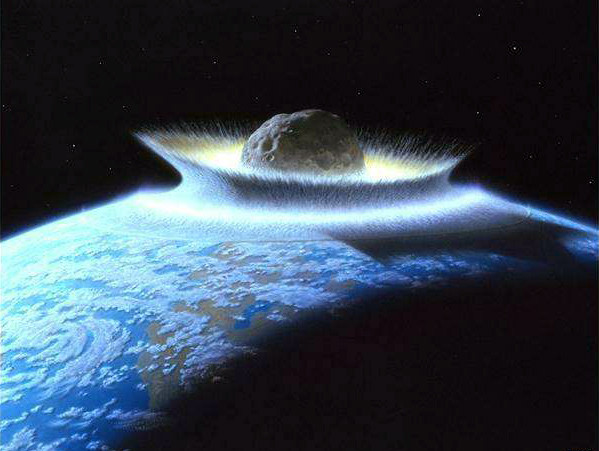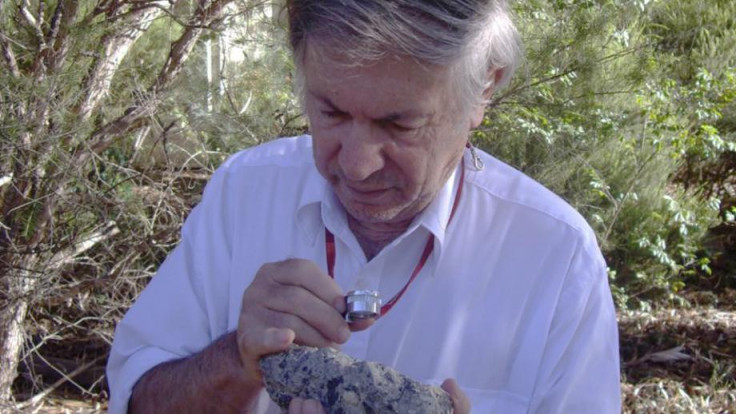World's biggest asteroid impact zone discovered in Australia is over 400km wide

The world's biggest asteroid impact zone has been discovered in Australia, with a 400km-wide site uncovered by scientists drilling in the area.
Andrew Glikson, from the Australian National University's School of Archaeology and Anthropology, said they had been undertaking geothermal research in an area near the borders of South Australia, Queensland and the Northern Territory when they came across the craters.
Researchers believe the giant meteorite split into two just moments before it slammed into Earth. The team found twin scars of the impacts hidden in the Earth's crust.
"The two asteroids must each have been over 10km across – it would have been curtains for many life species on the planet at the time," said Glikson.
The team came across the impact zone by chance while drilling 2km into Earth's crust. The drill core contained traces of rock that had been turned into glass by extreme temperature and pressure – caused by the impact.

Magnetic modelling then mapped out bulges hidden in the Earth rich in iron and magnesium – corresponding to the composition of Earth's mantle. "There are two huge deep domes in the crust, formed by the Earth's crust rebounding after the huge impacts, and bringing up rock from the mantle below," Glikson added.
While the exact date is unknown, the scientists say it could have happened around 300 million years ago. The surrounding rock is about 300 to 600 million years old, but evidence about other meteorite strikes is sparse.
The findings, published in the journal Tectonophysics, have important implications for how life evolved on Earth. Other meteor strikes – like the one that killed the dinosaurs – had a huge impact on the planet and how life as we know it came to be.
Glikson said: "Large impacts like these may have had a far more significant role in the Earth's evolution than previously thought."
However, because there is so little information on the impact, its effect on life is currently unknown: "It's a mystery – we can't find an extinction event that matches these collisions. I have a suspicion the impact could be older than 300 million years."
© Copyright IBTimes 2025. All rights reserved.





















